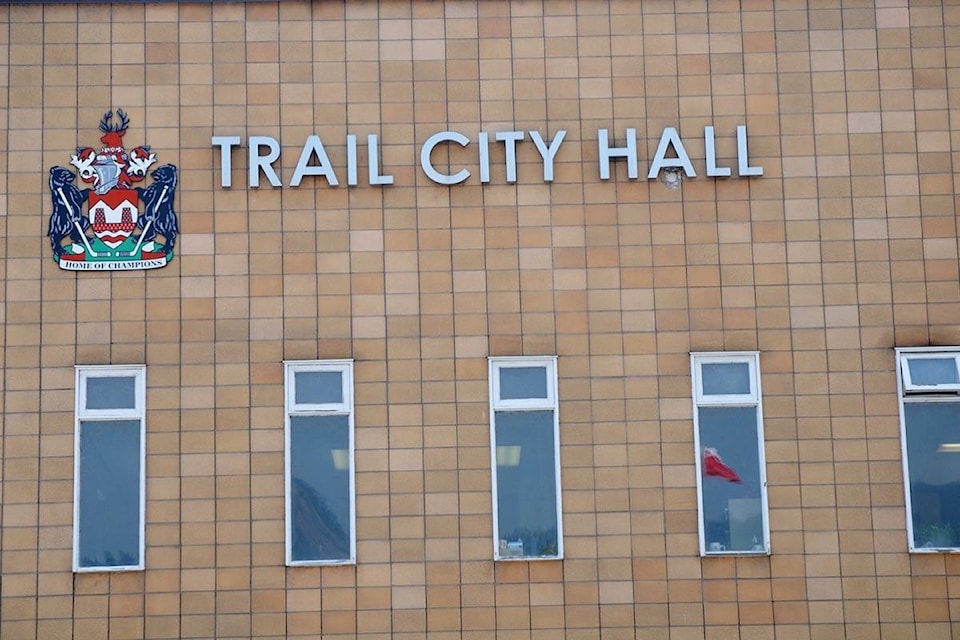Decommissioning the old Cambridge Dam would cost untold millions, and it’s a job the City of Trail is not willing to take on, at least in the foreseeable future.
So there is no truth to speculation that the mill pond is being drained, says the city’s David Perehudoff.
“The province has standards that the city must address as part of managing the dams at Violin Lake,” he told the Trail Times. “Violin Lake and the Mill Pond are manmade reservoirs and the saddle dams were constructed as an integral component of the city’s water system,” he explained.
“Water has not been used since the Water Treatment Plant was put on line and decommissioning may make the most sense in the long term, however there are no immediate plans to move forward.”
The municipality is responsible for dam maintenance, and with the assistance of third party engineering firms, continues to execute the required work and assessments being mandated by the province.
“Future capital works will be advanced to council for review as part of the normal budget process,” said Perehudoff.
“It is noted that aside from the removal of the dam infrastructure, if the reservoirs were to be drained, an environmental assessment would need to be completed before proceeding, with cost being a major consideration in the context of any future work to be brought forward for consideration.”
Upkeep includes ongoing removal of debris blocking spillway channels, as well as sandbagging along the crest in case of over topping by floodwater if required, and placing additional rip-rap and sandbags in damaged areas to prevent further embankment erosion.
As mandated, the city does have an emergency evacuation plan in place for worst case scenarios, such as cracking of concrete and excessive seepage.
It’s been 25 years since Trail has drawn water for municipal use from this open water source known as the Cambridge reservoir in the area of Violin Lake.
In 1994, Trail established the Columbia River as the city’s main water supply source and built modernized water treatment facilities, in part due to the 1990 community outbreak of giardiasis (beaver fever), a parasitic gastrointestinal infection traced to inadequately treated drinking water pulled from the reservoir.
After the treatment plant using the Columbia River was completed, the city decided to maintain the infrastructure of the Cambridge Creek/Violin Lake water system as a back up water supply.
However, four years later, Trail’s conditional license was cancelled by the province under the Water Act, because the system was deemed as “not in active use” as a water supply.
Since then, the municipality has kept the dam up to code according to ministry guidelines.
In 2010, the province stepped up efforts to monitor all B.C. dams after the privately-owned Testalinden Dam, south of Oliver, breached that summer, causing a massive torrent of debris and mud that greatly impacted homes and agriculture.
Dams nine metres or higher are now monitored by the ministry’s Victoria-based staff, with a dam safety program that has been established to reduce the risks to people, property, infrastructure, and the environment associated with the design, construction, operation, maintenance and/or decommissioning of a dam.
There are over 1,800 regulated dams in the province that are under the Water Act, and, according to the ministry, over 440 unregulated dams that have outlived their purpose or sit abandoned.
